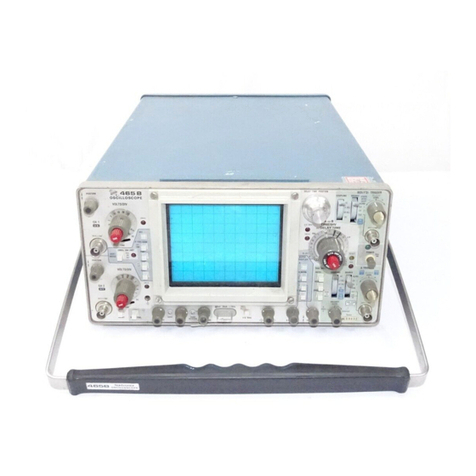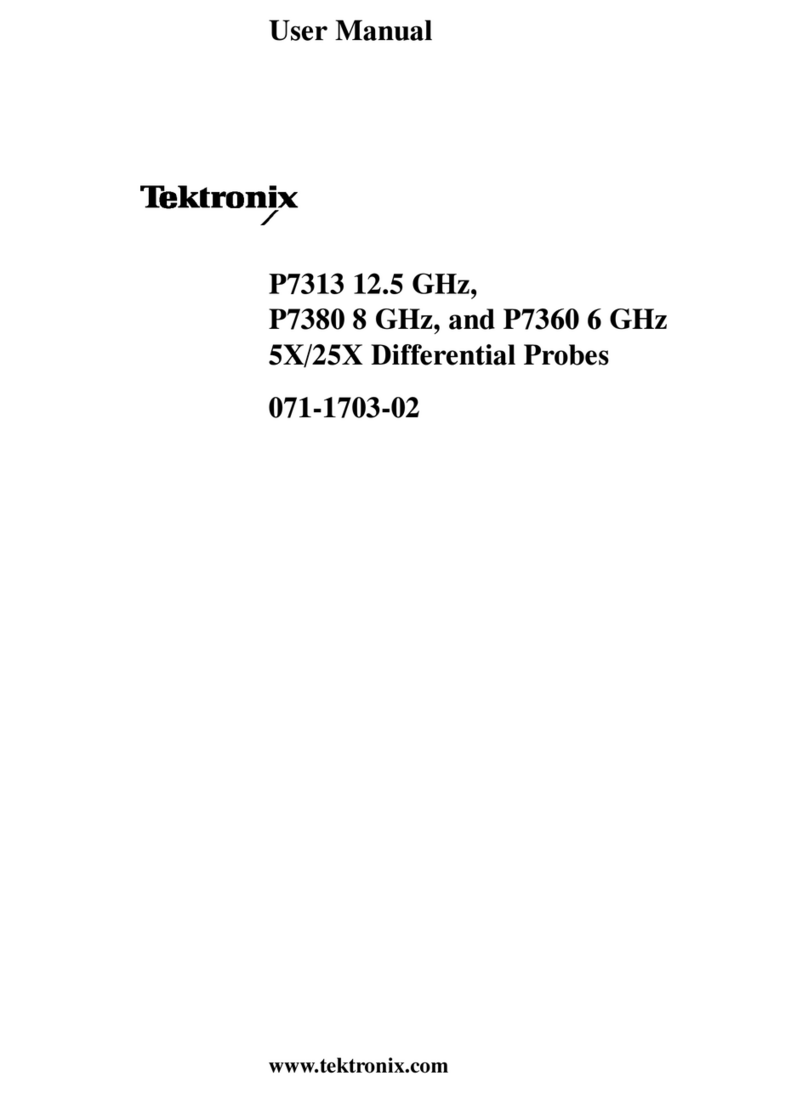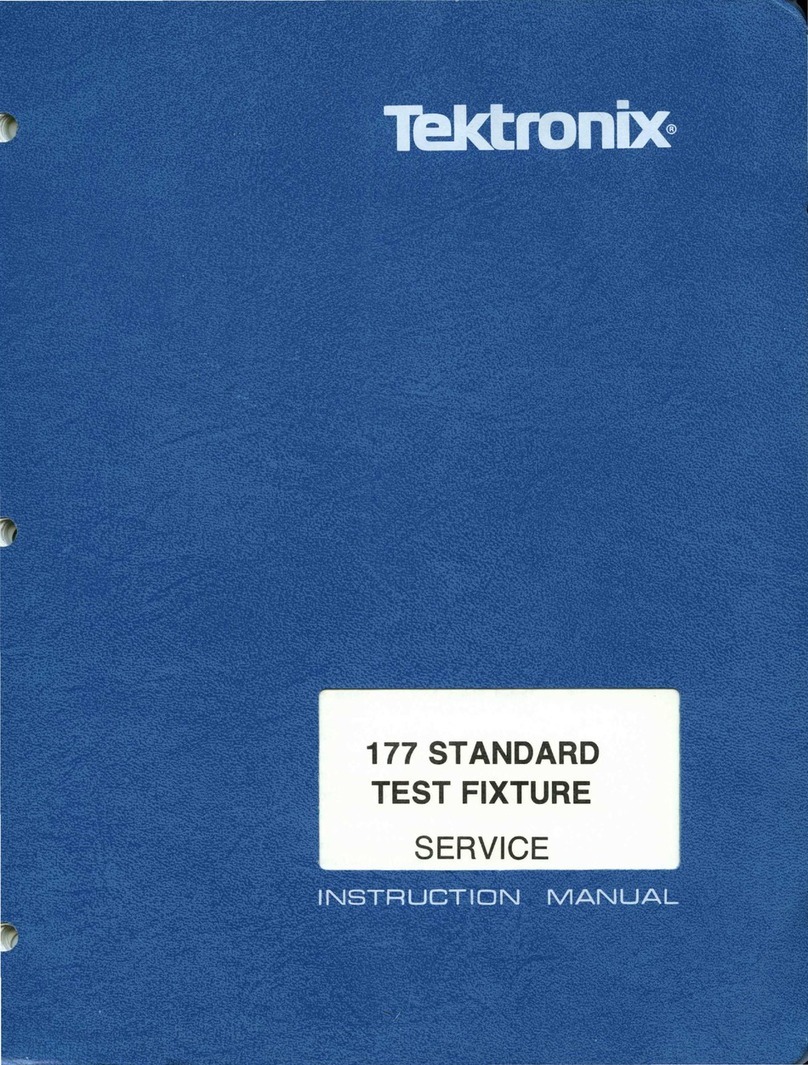Tektronix 507 User manual
Other Tektronix Test Equipment manuals
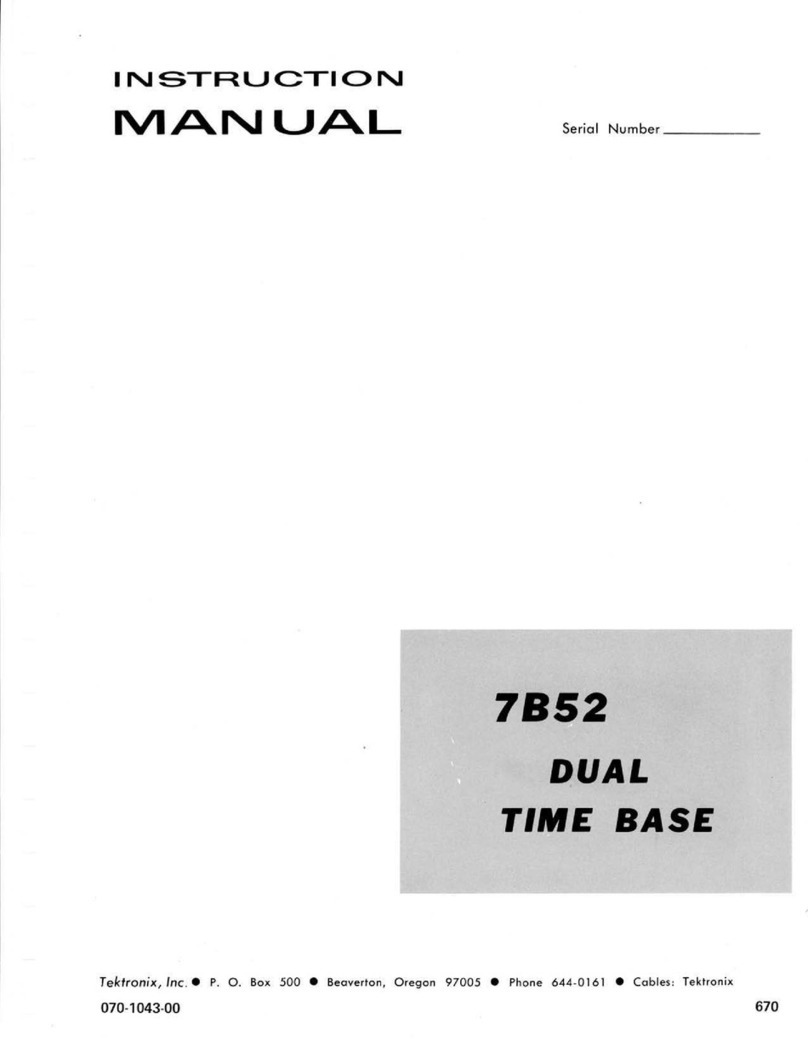
Tektronix
Tektronix 7B52 User manual
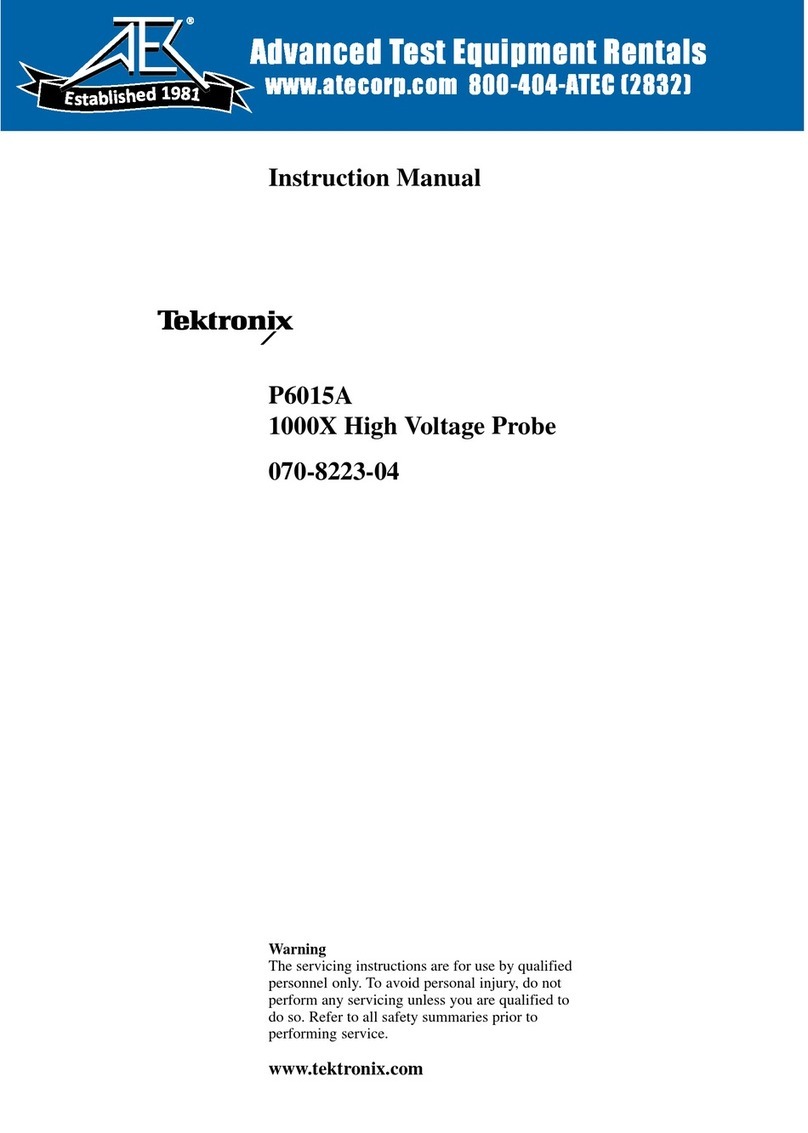
Tektronix
Tektronix P6015A User manual

Tektronix
Tektronix 420 User manual

Tektronix
Tektronix 545 Manual
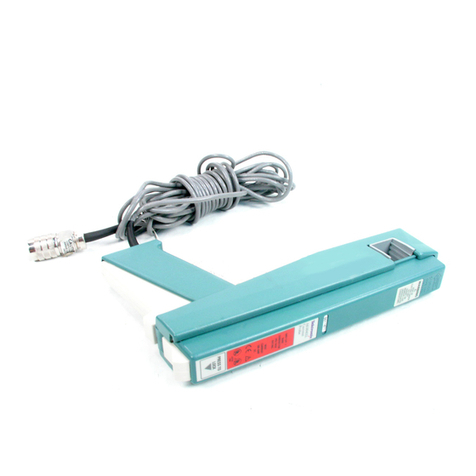
Tektronix
Tektronix A6304XL User manual

Tektronix
Tektronix DPO2024 User manual
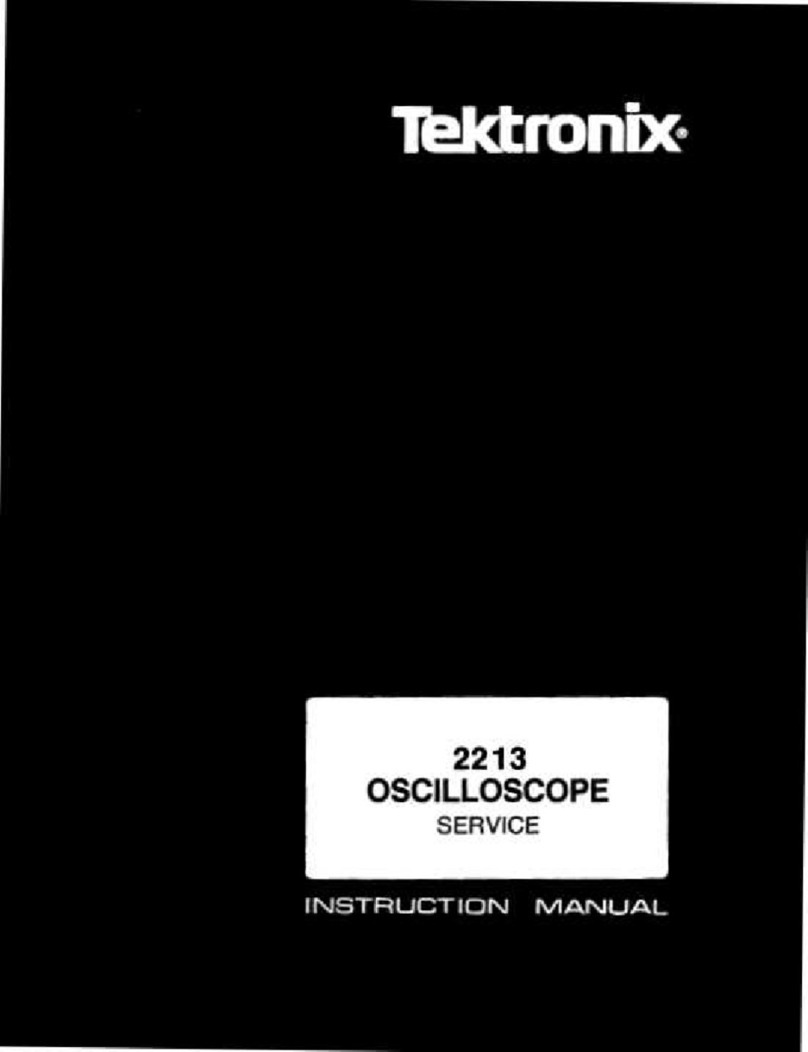
Tektronix
Tektronix 2213 Operating instructions
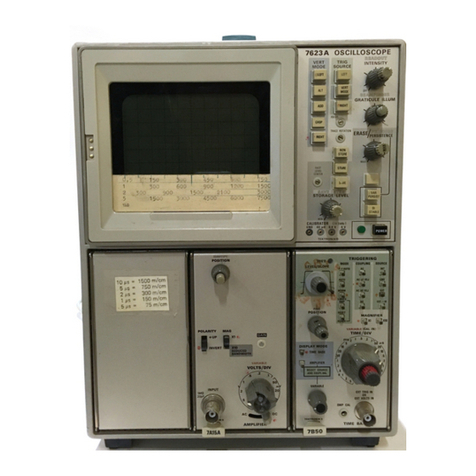
Tektronix
Tektronix 7623A User manual
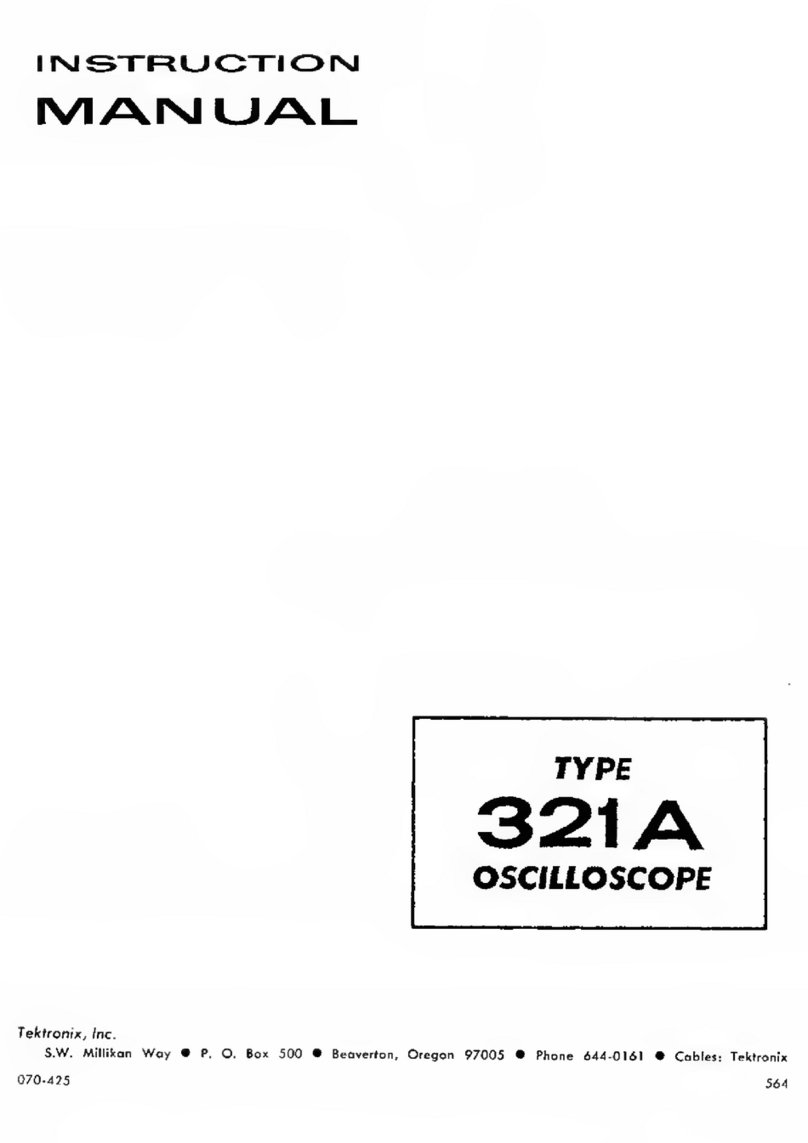
Tektronix
Tektronix 321 A User manual
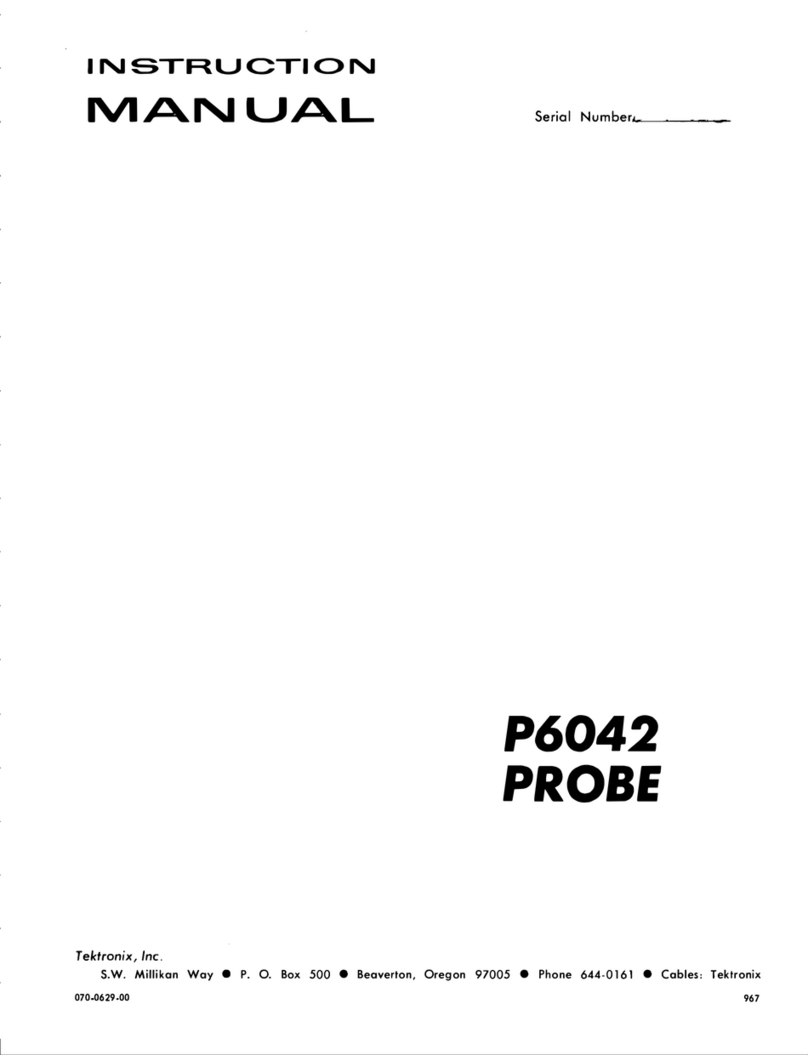
Tektronix
Tektronix P6042 PROBE User manual

Tektronix
Tektronix TDS 820 User manual

Tektronix
Tektronix TDS 340A User manual
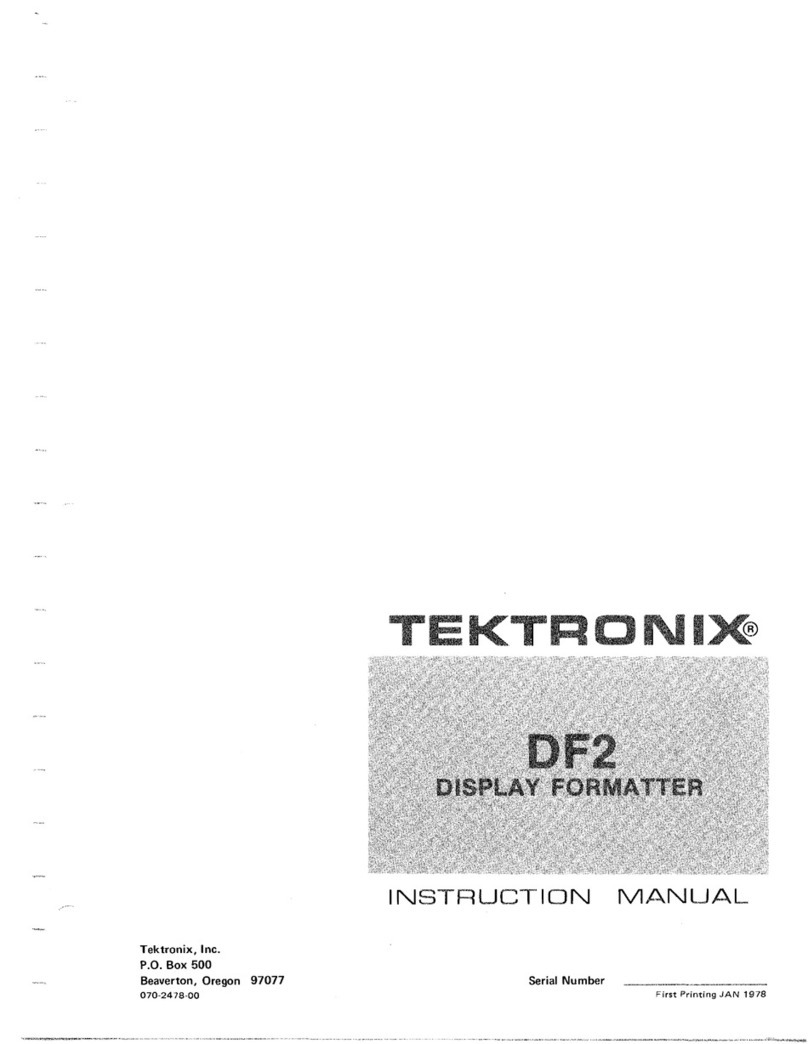
Tektronix
Tektronix DF2 User manual

Tektronix
Tektronix TDS1000B Series User manual
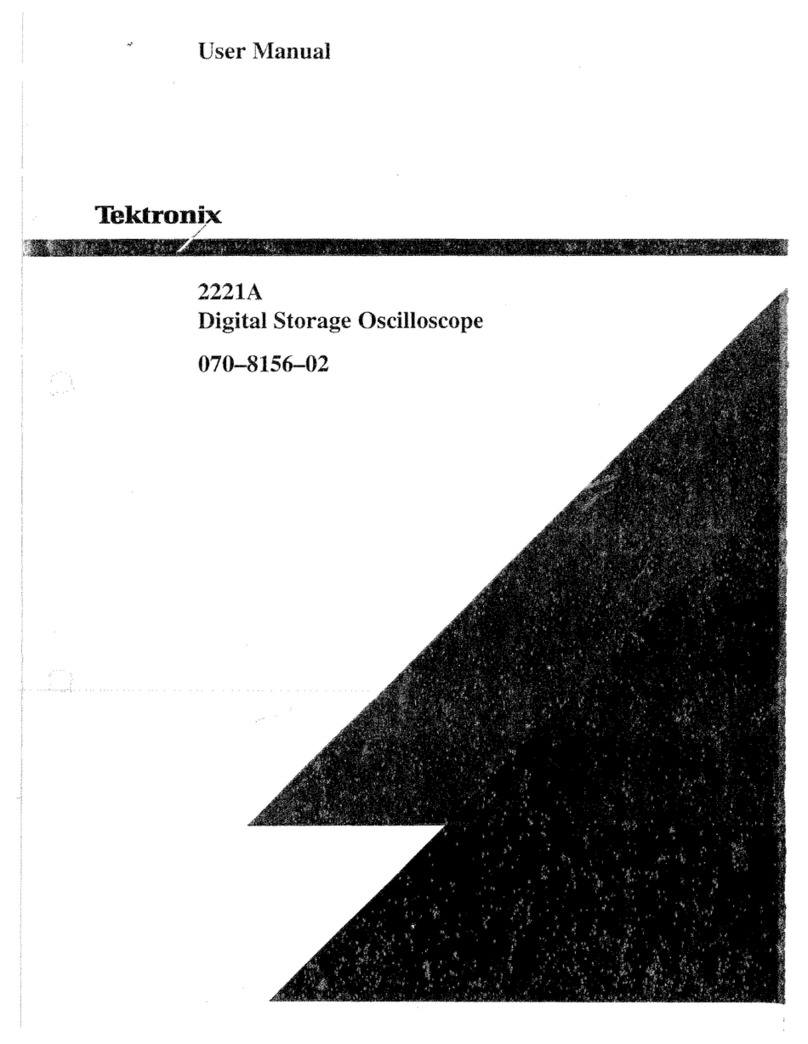
Tektronix
Tektronix 2221A User manual

Tektronix
Tektronix DPO7AFP User manual

Tektronix
Tektronix VXOA41 User manual

Tektronix
Tektronix 513 User manual
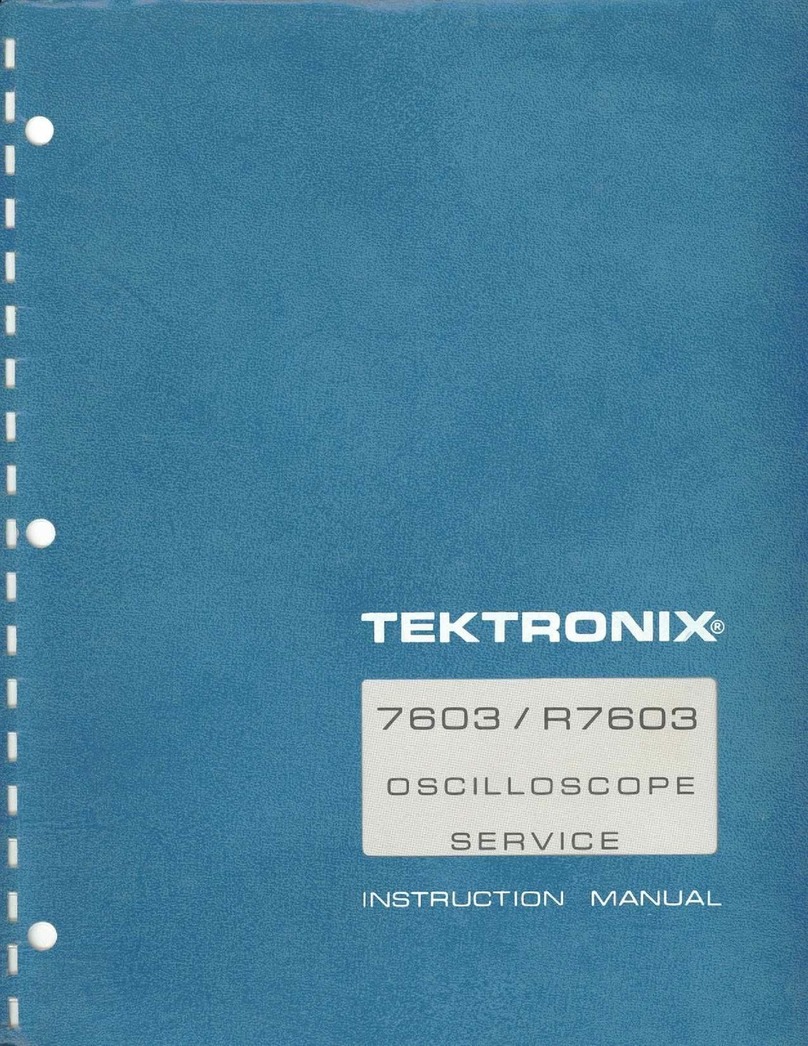
Tektronix
Tektronix 7603 User manual

Tektronix
Tektronix TCP0150 User manual
Popular Test Equipment manuals by other brands

Redtech
Redtech TRAILERteck T05 user manual

Venmar
Venmar AVS Constructo 1.0 HRV user guide

Test Instrument Solutions
Test Instrument Solutions SafetyPAT operating manual

Hanna Instruments
Hanna Instruments HI 38078 instruction manual

Kistler
Kistler 5495C Series instruction manual

Waygate Technologies
Waygate Technologies DM5E Basic quick start guide

StoneL
StoneL DeviceNet CK464002A manual

Seica
Seica RAPID 220 Site preparation guide

Kingfisher
Kingfisher KI7400 Series Training manual

Kurth Electronic
Kurth Electronic CCTS-03 operating manual

SMART
SMART KANAAD SBT XTREME 3G Series user manual

Agilent Technologies
Agilent Technologies BERT Serial Getting started

